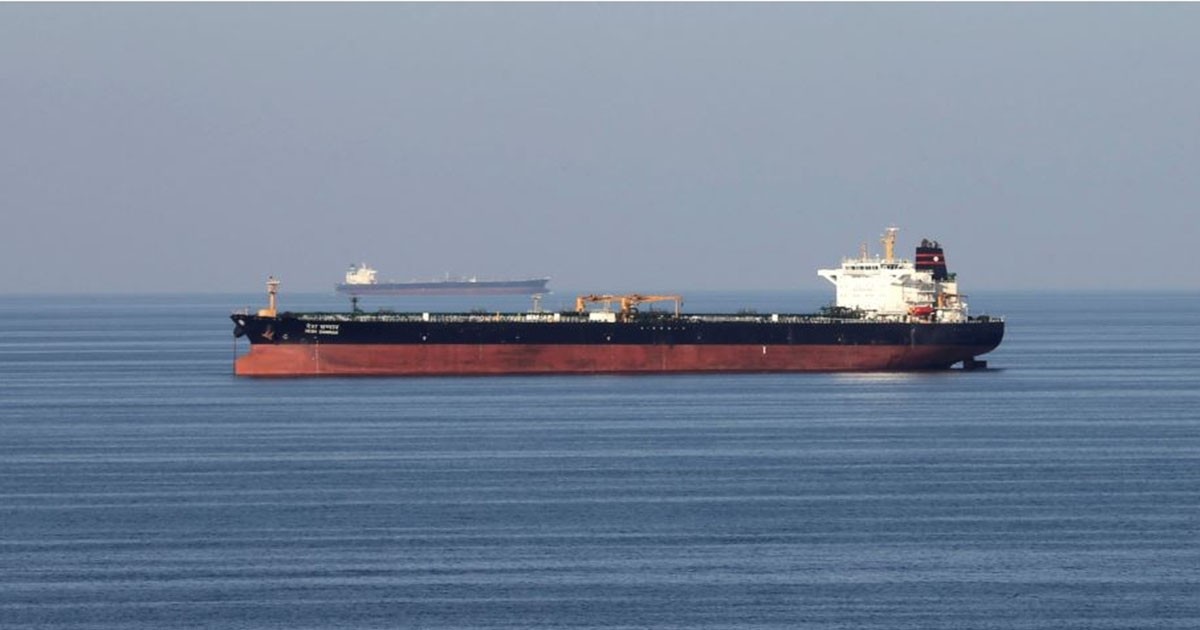South Korea will send a naval destroyer and 300 troops to the Strait of Hormuz, its defence ministry said Tuesday, after pressure from its ally, the US, in the face of tensions between Washington and Tehran.
The recent flare-up in their relations is the result of an extraordinary event that took place in the very first week of the new year. On January 3rd, a venerated commander of Iran Quds Force, Major General Qasem Soleimani, was killed in a US drone strike in Iraq. Consequently, Iran retaliated by attacking the US bases in that country.
Read more: US killing of Soleimani: what we know
Iran has been blamed for a series of attacks on shipping vessels in the strait, a strategic choke-point for the world’s oil trade where the US has deployed a naval mission.
Strait of Hormuz carries great economic and strategic importance. According to the US Energy Information Administration, more than 20 million barrels of oil are shipped through it in a single day. Furthermore, due to its prime location, it acts as a flashpoint between major powers of the world.
But the request put Seoul in a dilemma: it has had diplomatic relations with Tehran since the early 1960s and until last year Iran was one of the resource-poor South’s key oil suppliers.
The defence ministry said in a statement that Seoul had decided to “temporarily expand” the deployment area of its anti-piracy military unit operating off the coast of Somalia to include the Persian Gulf and the Gulf of Oman, which are linked by the Strait of Hormuz.
It would not be part of the US naval mission, it insisted — although two liaison officers would be sent to the US headquarters for “information sharing”. But such coordination confirms that South Korea is putting its weight behind the US as against Iran.
Seoul and Washington are in a security alliance but their relations have been strained by the Trump administration’s demands the South pay billions of dollars more towards the costs of 28,500 US troops stationed in the country to protect it from the nuclear-armed North.
US Ambassador Harry Harris last week urged Seoul to join in the naval mission, saying “very few countries have a greater need” to take part as the South “gets 70 percent of its oil supplies from the Middle East”.
As tension remain high in the #PersianGulf, eight European countries have voiced support for a naval surveillance mission in the Strait of #Hormuz. https://t.co/yHy0e7M4TV
— Radio Farda (@RadioFarda_Eng) January 21, 2020
The decision of Seoul to deploy its forces comes after the announcement of Japan of sending troops to the region back in December 2019. The sole purpose was to safeguard its national interests and assets (ships). However, the US pressure cannot be ruled out as the new dispensation between the Trump administration and these states require them to share the cost for their own defences.
such state of affairs appears to have severe ramifications for the security and economy of the region and the world at large. An escalation in tension would further contribute to the conflict-ridden Middle East which might prompt Iran to block the Strait of Hormuz, thus endangering the oil supply to most parts of the world.
Read more: Why has Trump pulled USA out of the Iran nuclear deal and why now?
Trump abandoned the landmark 2015 deal curtailing Tehran’s nuclear programme and imposed economic sanctions against Iran, prompting South Korean exports to the country to fall nearly 90 percent last year.














